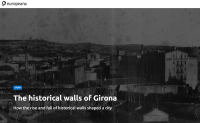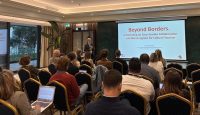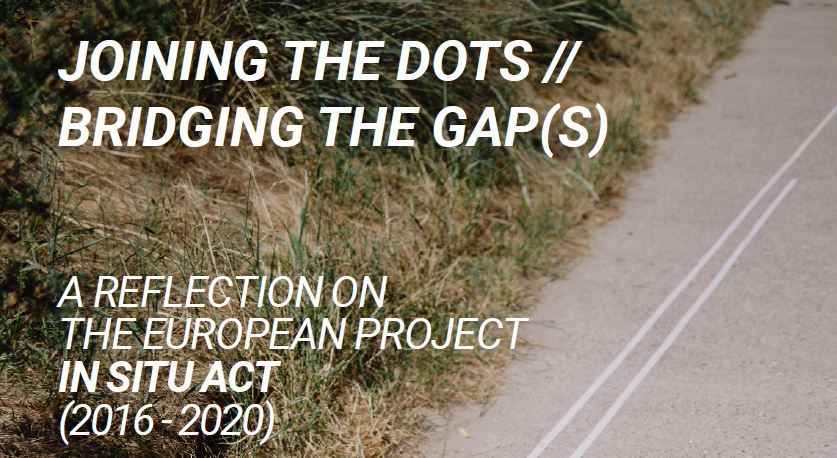
Johannes Bellinkx – Reverse © Marleen Annema
IN SITU is the European platform for artistic creation in public space. It is an ecosystem connecting the new generation of artists with audiences, programmers, and key-players involved in the economic, political and social realities around Europe.
IN SITU is led by Lieux publics, European and national centre for artistic creation in public space, located in Marseille (FR) and brings together 16 partners from 13 countries.
One of its projects was the IN SITU ACT, a 4-years (2016-2020) cultural cooperation project co-funded by the Creative Europe programme of the European Union.
IN SITU ACT project involved 120 artists/companies from 16 countries, and aimed to strengthen the implementation of an ecosystem designed to structure and reinforce the sector of artistic creation, to support artists’ development and a better understanding of artistic creation in European public space.
The main activities of IN SITU ACT: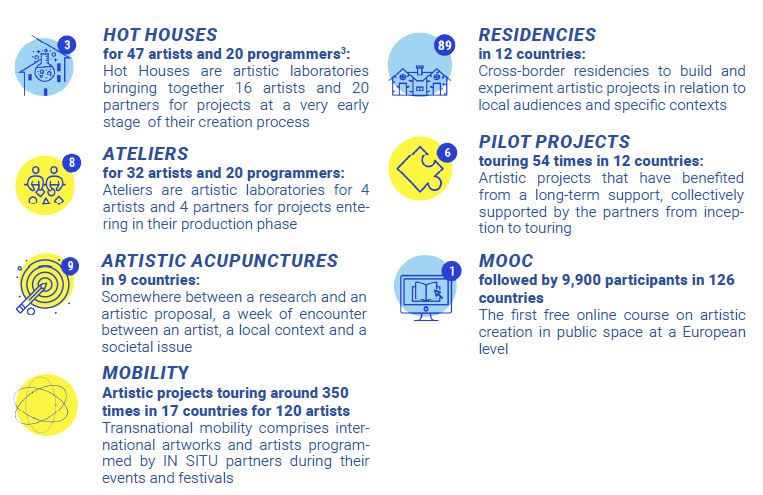
The intention is for this exploration to act as a bridge between IN SITU ACT and the next phase.
Recently the project produced the report “joining the dots //bridging the gap(s), a reflection on the European project” which is part of the final evaluation of the project and presents a reflection on the specific relationships built between the project’s partners with the artists to develop particular projects, formats of encounters, and working contexts.
The report was written by Judith Staines, an experienced consultant and evaluator (she worked with many European cultural projects and international networks on issues of mobility, cultural exchange, as well as in the culture and development sector) and important contributions were made by Marie Le Sourd, Secretary General to structure the evaluation report, providing research, interviews and other content.
More information:
IN SITU webpage: http://in-situ.info/en/
IN SITU ACT Report: http://in-situ.info/en/activities/en/joining-the-dots-bridging-the-gaps-50


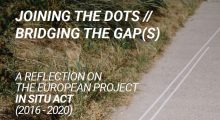
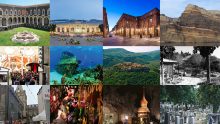
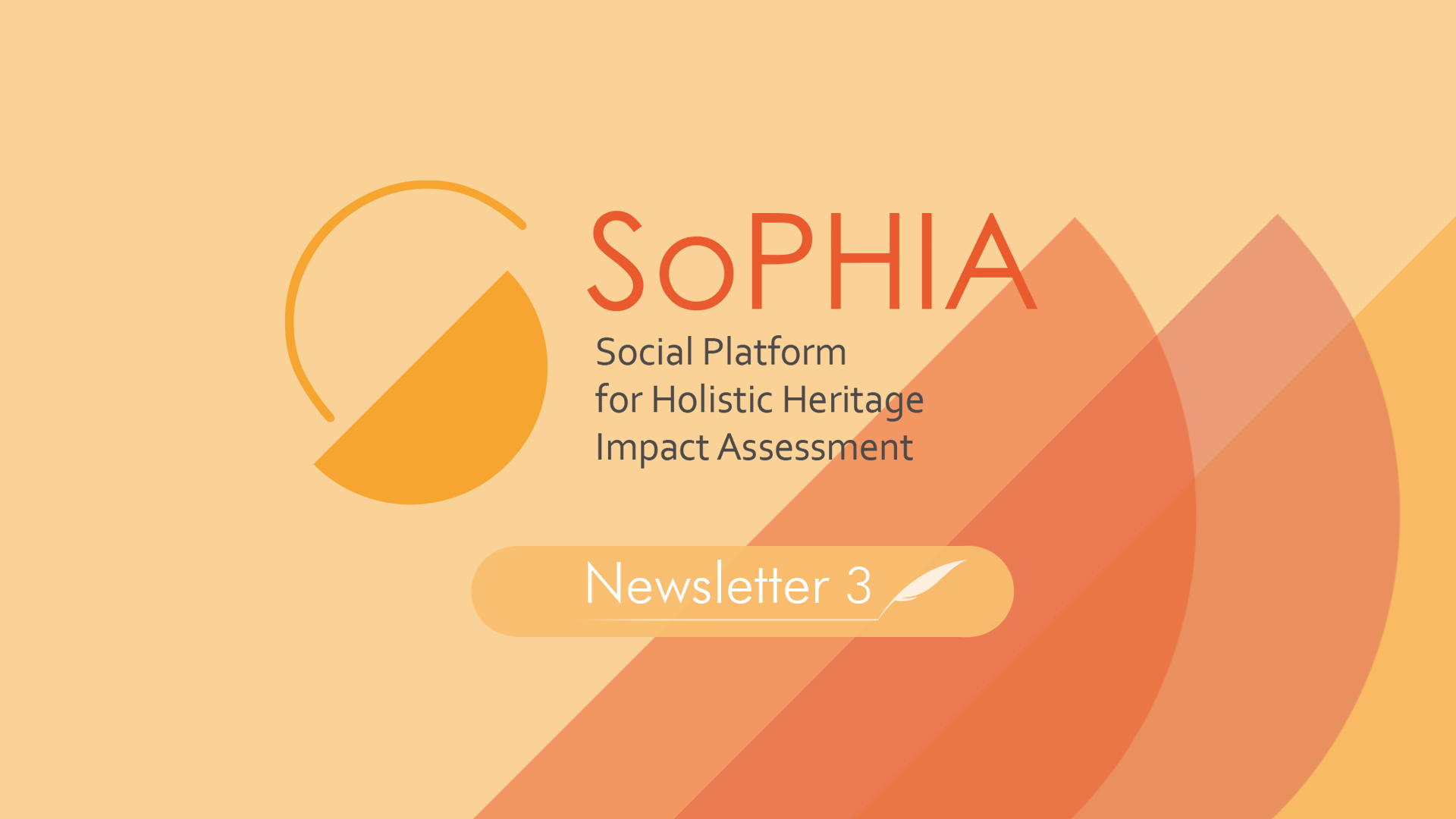 SoPHIA – Social Platform for Holistic Impact Heritage Assessment aims to promote collective reflection within the cultural and political sector in Europe, on the impact assessment and quality of interventions in European historical environment and cultural heritage at urban level, which would ensure a balanced approach to measuring their ‘success’ and contributions to our sustainable future. With the constant active participation of the social platform, SoPHIA´s work is organized around four main analytical dimensions – social, cultural, economic and environmental impact – which constitute perspectives to identify the most important challenges and opportunities linked to cultural heritage interventions in Europe.
SoPHIA – Social Platform for Holistic Impact Heritage Assessment aims to promote collective reflection within the cultural and political sector in Europe, on the impact assessment and quality of interventions in European historical environment and cultural heritage at urban level, which would ensure a balanced approach to measuring their ‘success’ and contributions to our sustainable future. With the constant active participation of the social platform, SoPHIA´s work is organized around four main analytical dimensions – social, cultural, economic and environmental impact – which constitute perspectives to identify the most important challenges and opportunities linked to cultural heritage interventions in Europe.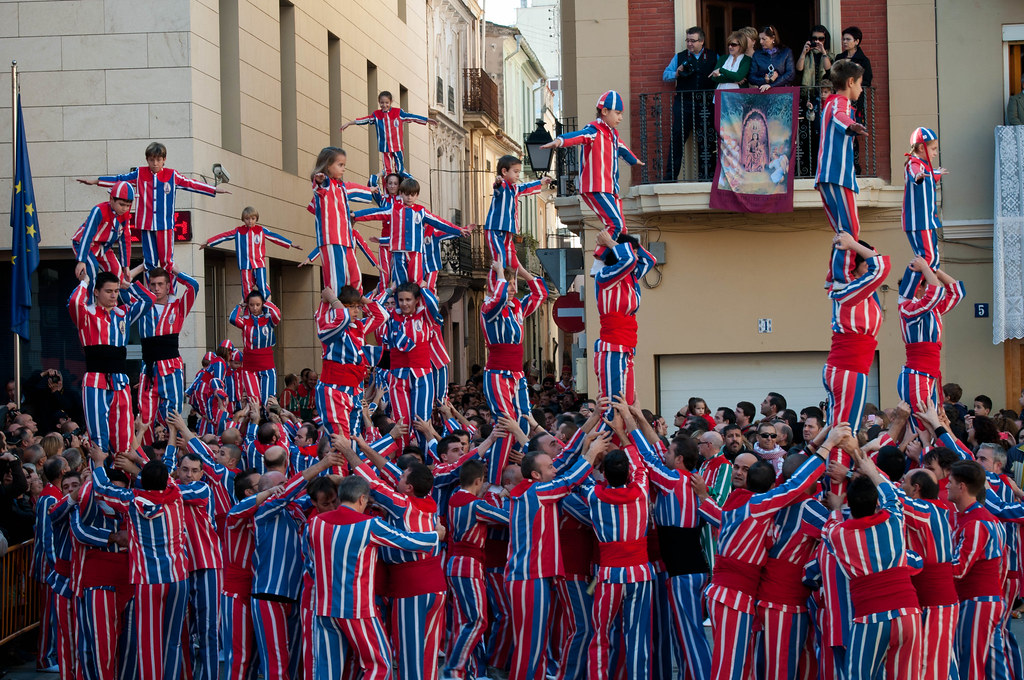 The first new of the Newsletter 3 is about the publication of
The first new of the Newsletter 3 is about the publication of 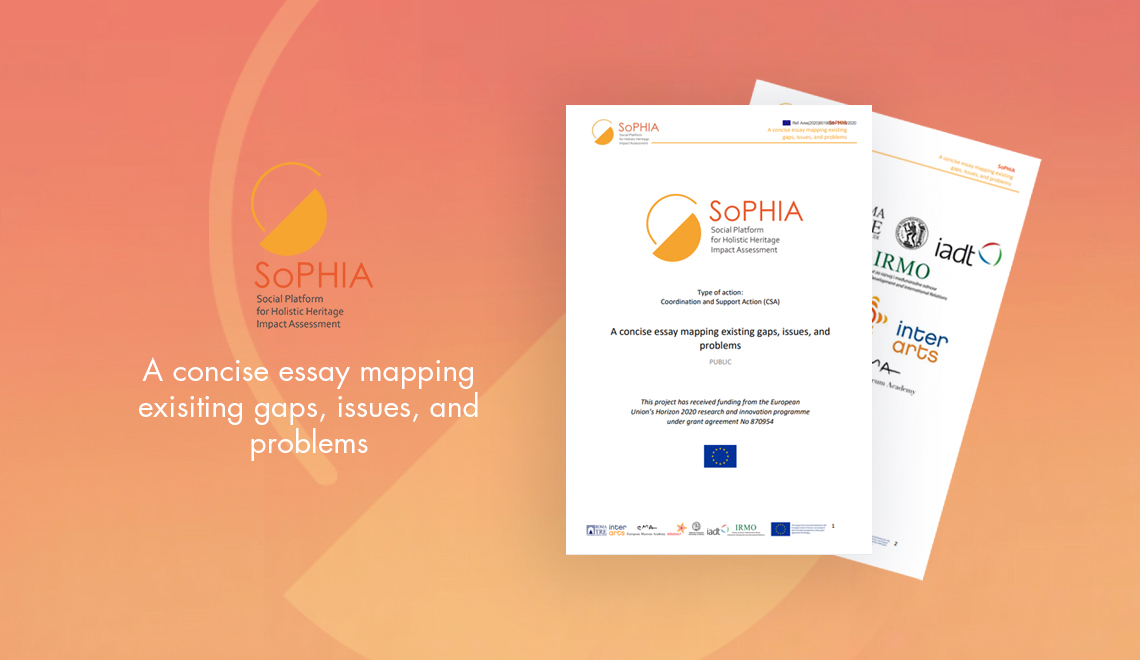 The second new is about the literature review on the Impact of Cultural Heritage on Society. Within the SoPHIA project, the broad scope of the academic and policy literature available have been examined, indicating its relevance, complex character and delicacy. The review highlights that there are many limitations to the effectiveness of Social Impact Assessment and the management of social issues in projects, such as corruption, rent seeking, elite capture, speculation and opportunistic behaviour are difficult to manage. The social domain within the
The second new is about the literature review on the Impact of Cultural Heritage on Society. Within the SoPHIA project, the broad scope of the academic and policy literature available have been examined, indicating its relevance, complex character and delicacy. The review highlights that there are many limitations to the effectiveness of Social Impact Assessment and the management of social issues in projects, such as corruption, rent seeking, elite capture, speculation and opportunistic behaviour are difficult to manage. The social domain within the 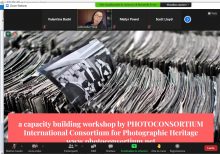
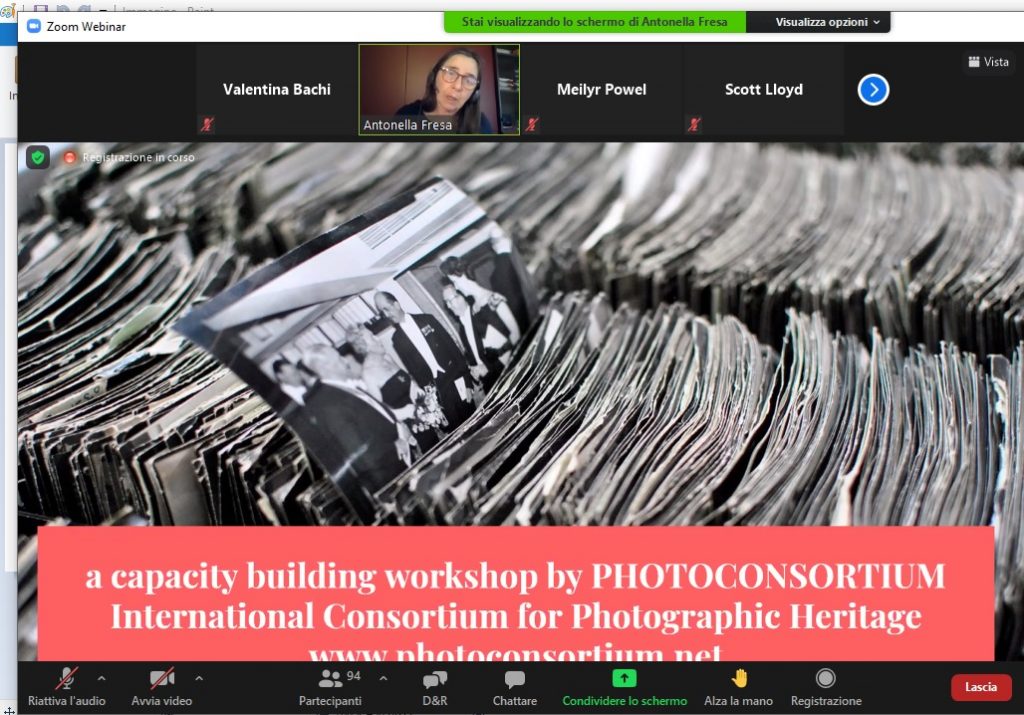 The opening event for the prestigious DIGITAL PAST 2021 conference, organized by the Royal Commission of the Ancient and Historical Monuments of Wales, was a 1-hour capacity building workshop by PHOTOCONSORTIUM to share experiences and lessons learnt for visual collections’ preservation, digitization and digital transformation.
The opening event for the prestigious DIGITAL PAST 2021 conference, organized by the Royal Commission of the Ancient and Historical Monuments of Wales, was a 1-hour capacity building workshop by PHOTOCONSORTIUM to share experiences and lessons learnt for visual collections’ preservation, digitization and digital transformation.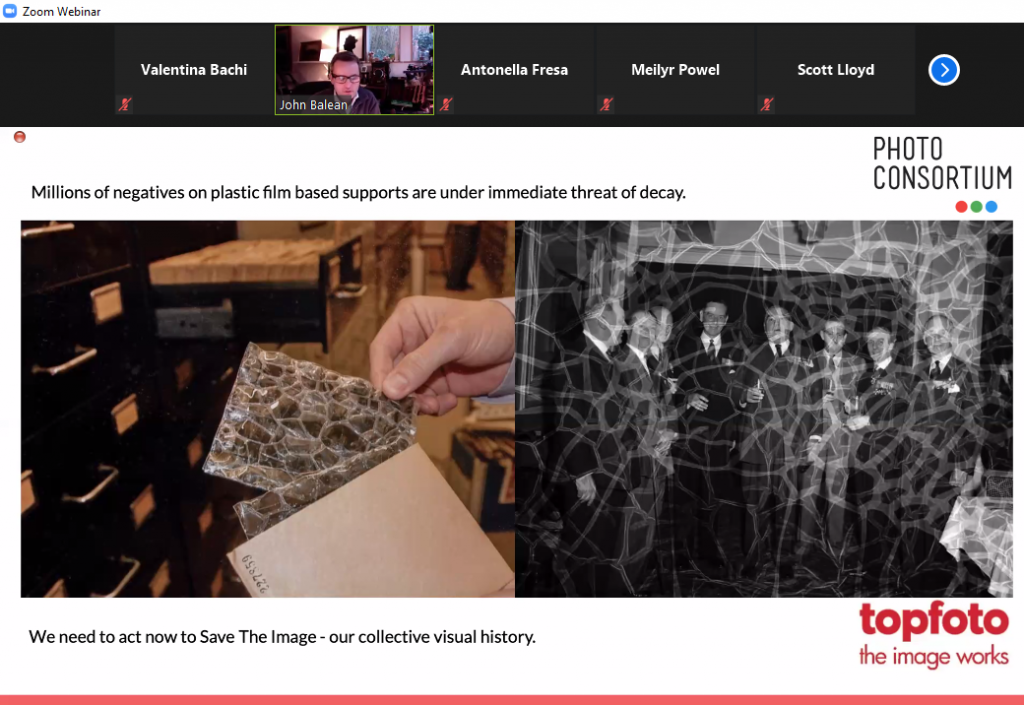
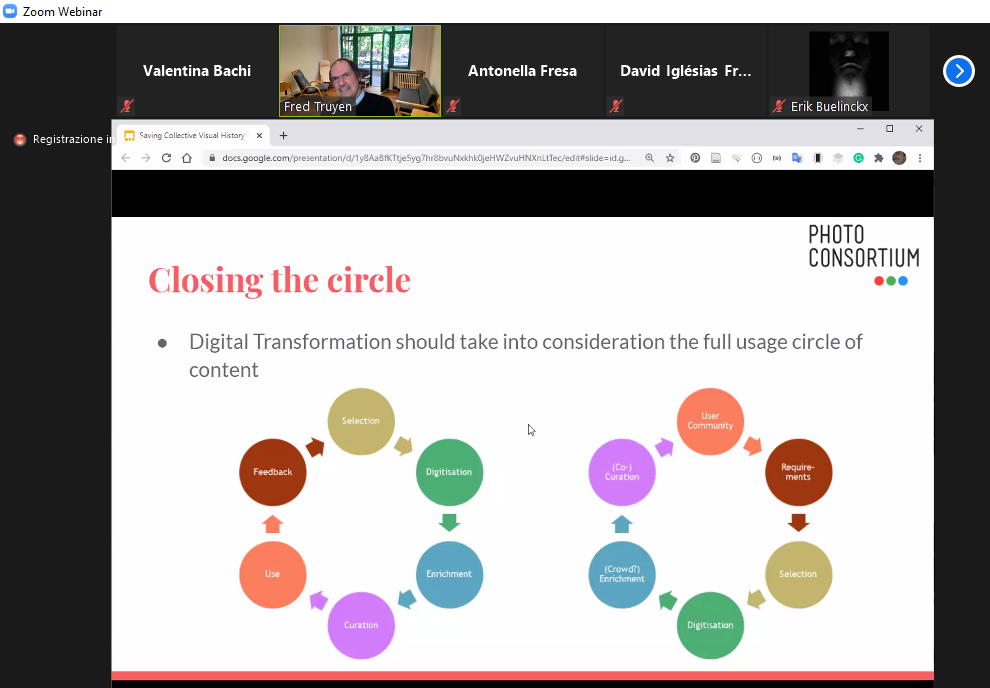
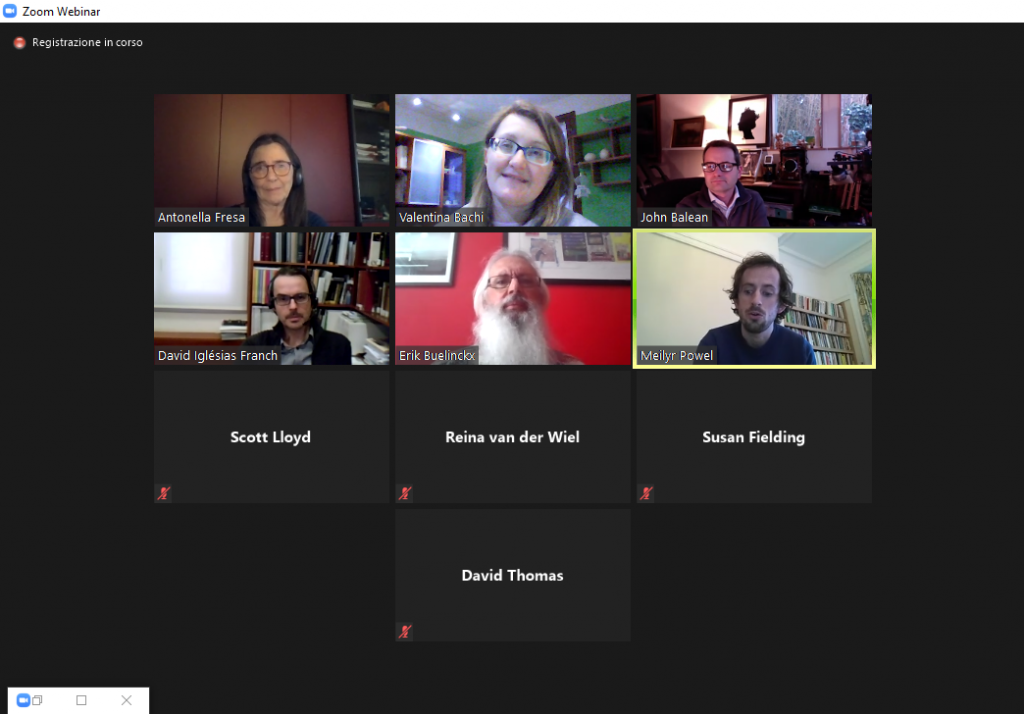
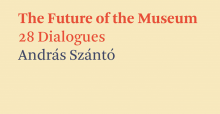
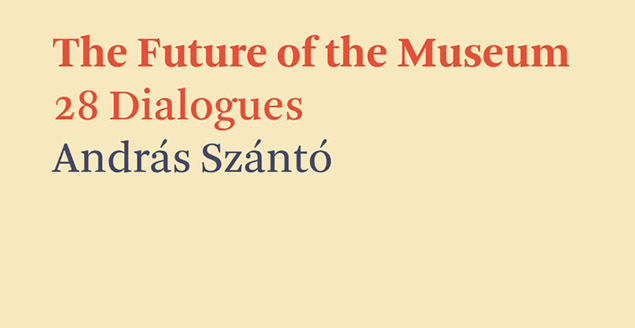 As museums worldwide shuttered in 2020 because of the coronavirus, New York-based cultural strategist András Szántó conducted a series of interviews to a international group of museum directors to discuss the future of cultural Institutions : 28 dialogues face the historical limitations and unexploited potential of art museums. What emerges from the series of conversations is a composite portrait of a generation of museum leaders working to make institutions more open, democratic, inclusive, experimental and experiential, technologically savvy, culturally polyphonic, attuned to the needs of their visitors and communities, and concerned with addressing the defining issues of the societies around them. The book was published by Hatje Cantz on November 2020 and available worldwide on January 2021.
As museums worldwide shuttered in 2020 because of the coronavirus, New York-based cultural strategist András Szántó conducted a series of interviews to a international group of museum directors to discuss the future of cultural Institutions : 28 dialogues face the historical limitations and unexploited potential of art museums. What emerges from the series of conversations is a composite portrait of a generation of museum leaders working to make institutions more open, democratic, inclusive, experimental and experiential, technologically savvy, culturally polyphonic, attuned to the needs of their visitors and communities, and concerned with addressing the defining issues of the societies around them. The book was published by Hatje Cantz on November 2020 and available worldwide on January 2021.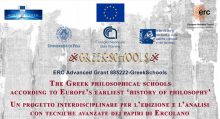
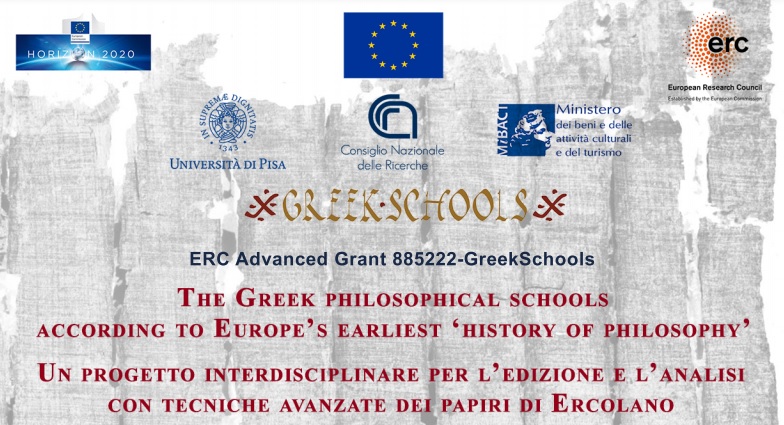
 Trans-making is a H2020 research and innovation project leaded by Relais Culture Europe Association (France). It aims to establish a multilateral network of research and innovation staff active in the fields of placemaking/place-based art activities as a space to create alternative narratives for social, economic and democratic renewal.
Trans-making is a H2020 research and innovation project leaded by Relais Culture Europe Association (France). It aims to establish a multilateral network of research and innovation staff active in the fields of placemaking/place-based art activities as a space to create alternative narratives for social, economic and democratic renewal.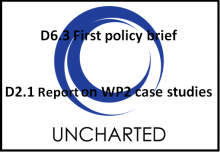
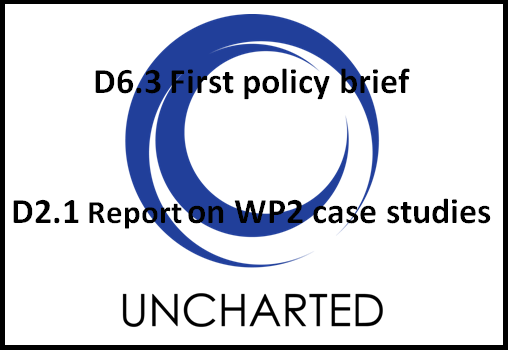 The UNCHARTED project registered two relevant developments at the end of the first year: the phase of study and elaboration carried out by of work package 1, devoted to the analysis of the configuration of the values of culture, was concluded and the one of work package 2, which aims to identify the emergence of values of culture, has produced its first outputs.
The UNCHARTED project registered two relevant developments at the end of the first year: the phase of study and elaboration carried out by of work package 1, devoted to the analysis of the configuration of the values of culture, was concluded and the one of work package 2, which aims to identify the emergence of values of culture, has produced its first outputs.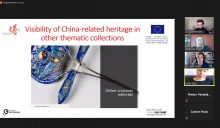
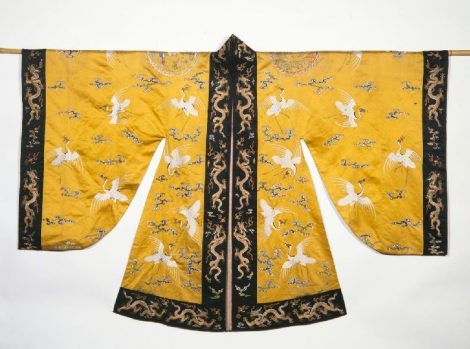





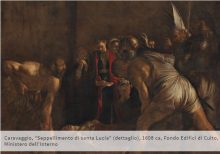

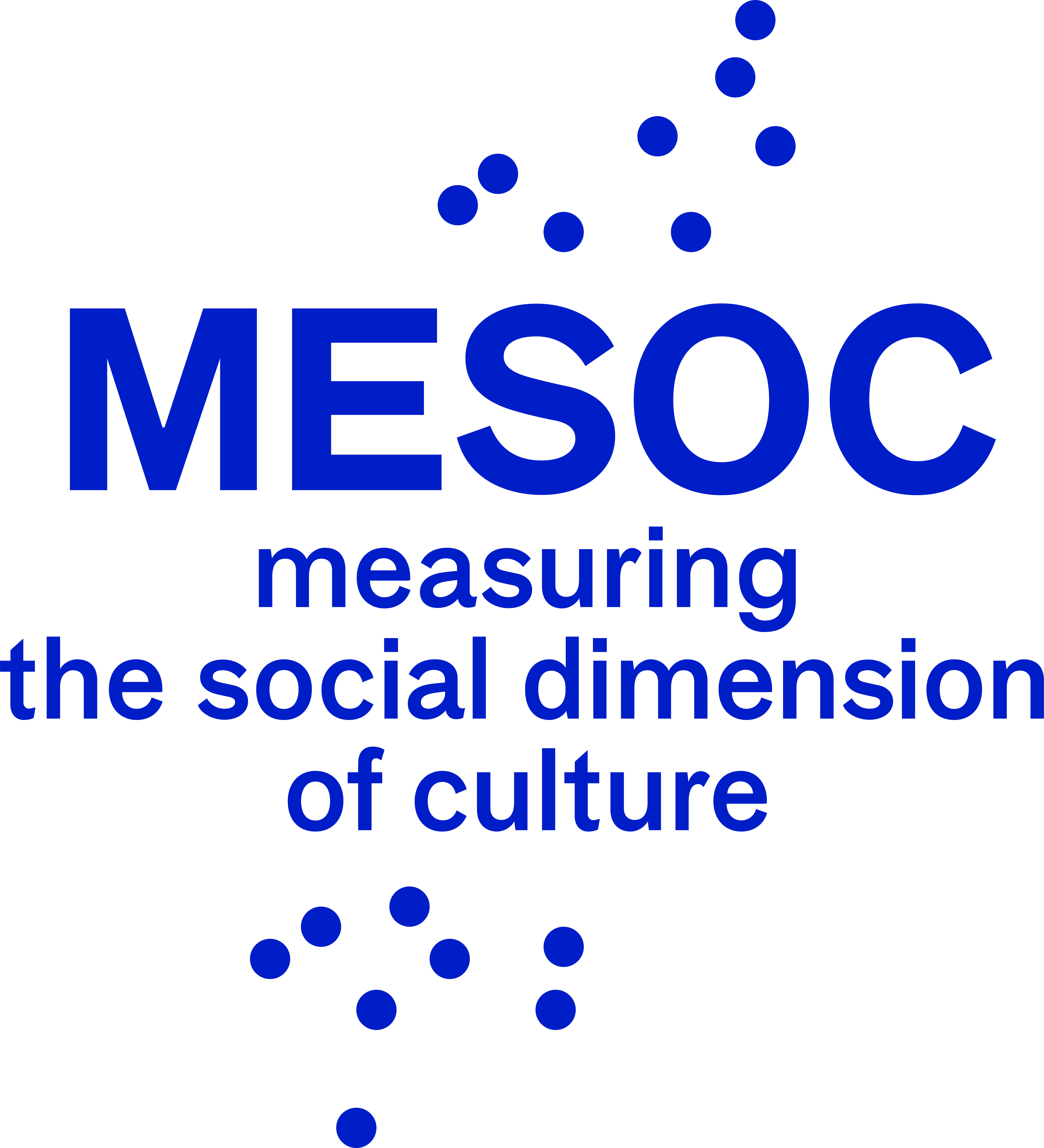 MESOC is research and innovation action whose challenge is to develop new perspectives and improved methodologies for capturing the wider societal value of culture, including but also beyond its economic impact, to enhance the potential role of culture as element of public policy for social, cultural and political cohesion and inclusion. Leaded by a Consortium composed by 10 Partners from 7 European countries (Belgium, Croatia, France, Greece, Italy, Romania and Spain) the three years H2020 project adapts and further develops a method for “transition based” impact assessment derived from a previous
MESOC is research and innovation action whose challenge is to develop new perspectives and improved methodologies for capturing the wider societal value of culture, including but also beyond its economic impact, to enhance the potential role of culture as element of public policy for social, cultural and political cohesion and inclusion. Leaded by a Consortium composed by 10 Partners from 7 European countries (Belgium, Croatia, France, Greece, Italy, Romania and Spain) the three years H2020 project adapts and further develops a method for “transition based” impact assessment derived from a previous 







